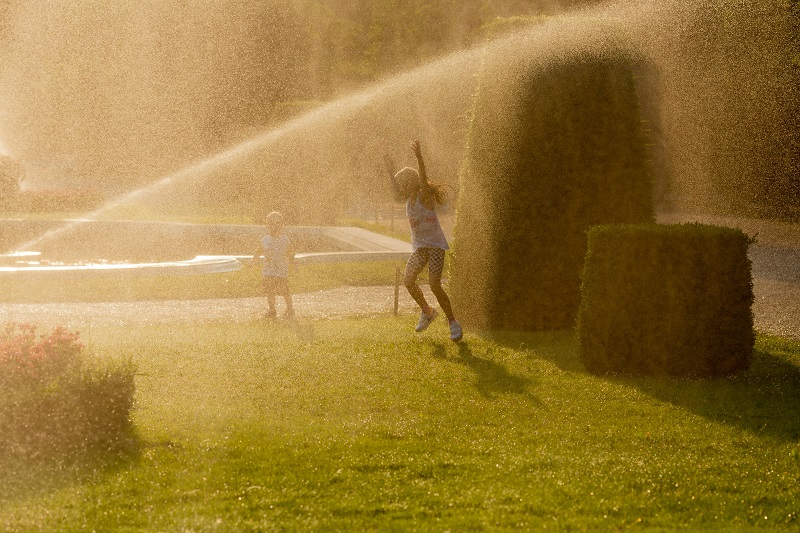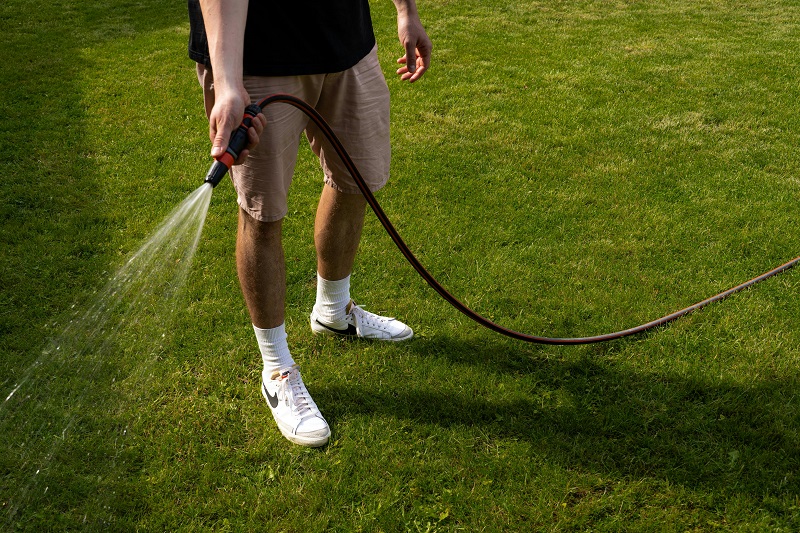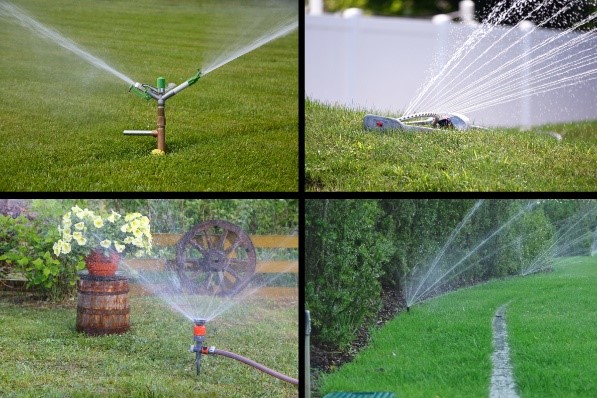Is the Grass Really Greener on the Other Side?
Have you ever peeked over the fence and wondered why your neighbor’s lawn looks like a lush green carpet straight out of a fairytale?
Well, at Mow Better, we believe that every lawn has the potential to be the envy of the neighborhood. It’s all about knowing the secrets of lawn care, especially when it comes to watering. So, let’s dive into the art of hydrating your lawn in Louisville, KY, where tall fescue, Kentucky bluegrass, perennial ryegrass, and zoysia grass reign supreme.
Best time to water your lawn
The early bird catches the worm, and the early gardener gets the greenest grass! Watering your lawn in the early morning, just as the sun peeks over the horizon, is the best time to give your grass a drink. This timing allows the water to soak deep into the soil, reaching the roots before the heat of the day can cause evaporation. Plus, it helps prevent the growth of any pesky fungi that love to make themselves at home in the damp evening grass.

How Much Water Does Your Lawn Need?

Not all waterings are created equal. Your lawn needs about 1 to 1.5 inches of water per week, whether from rainfall or your trusty sprinkler. But how do you measure that? It’s simple! Use a rain gauge or even an empty tuna can as a makeshift gauge. Place it on your lawn, water as usual, and check the depth. If you’re hitting that sweet spot of 1 to 1.5 inches, you’re golden.
Choosing the Right Sprinkler
Now, let’s talk sprinklers. The type of sprinkler you use can make a big difference in your lawn’s health and your water bill. Here are a few to consider:
- Impact Sprinklers: Known for their distinctive clicking sound, these are great for larger lawns.
- Oscillating Sprinklers: Perfect for rectangular lawns with their back-and-forth motion.
- Stationary Sprinklers: Ideal for smaller or irregularly shaped areas.
In-Ground Sprinklers: A more permanent solution for consistent coverage.

Greening Up Your Grass
Well, at Mow Better, we believe that every lawn has the potential to be the envy of the neighborhood. It’s all about knowing the secrets of lawn care, especially when it comes to watering. So, let’s dive into the art of hydrating your lawn in Louisville, KY, where tall fescue, Kentucky bluegrass, perennial ryegrass, and zoysia grass reign supreme.